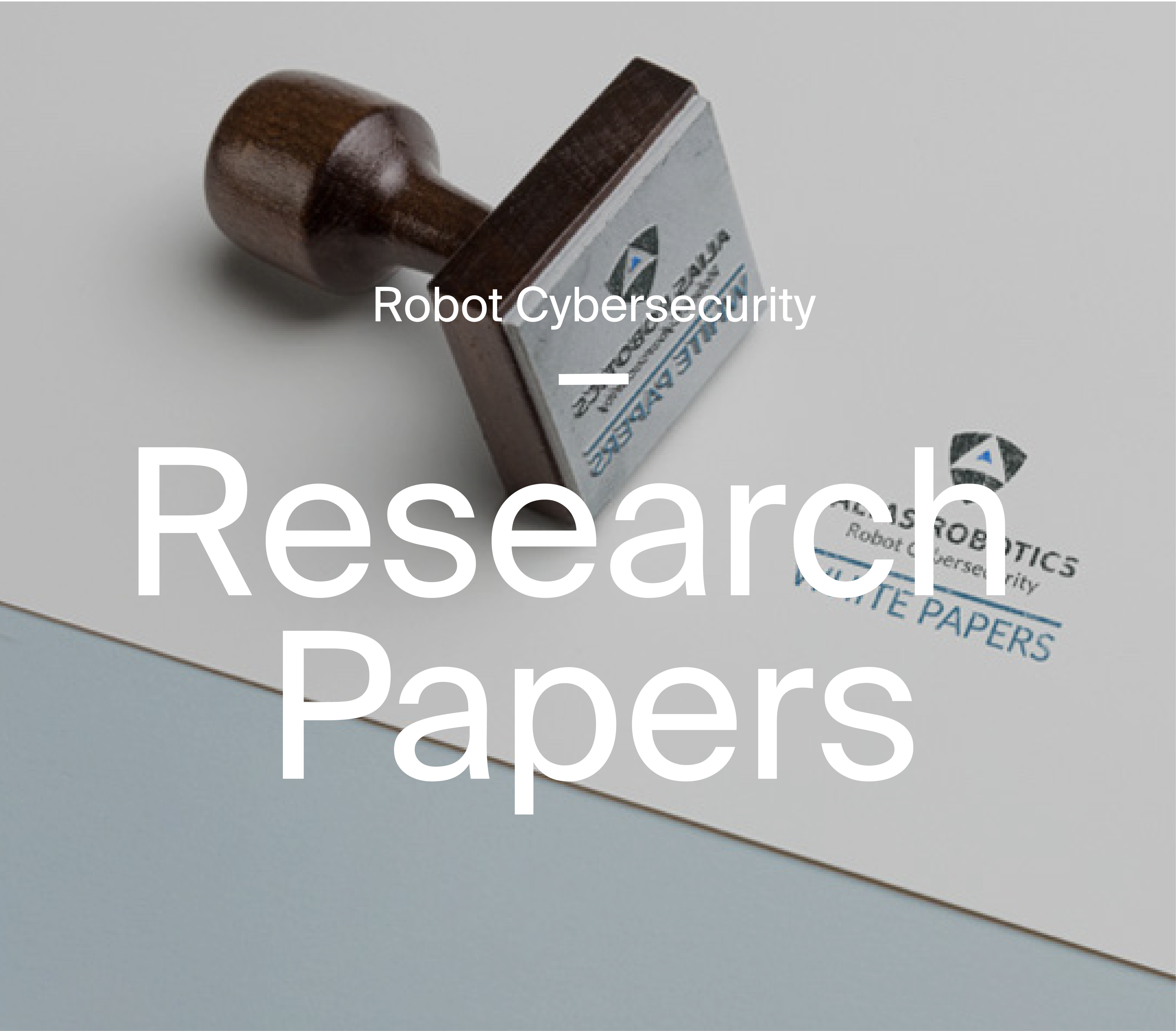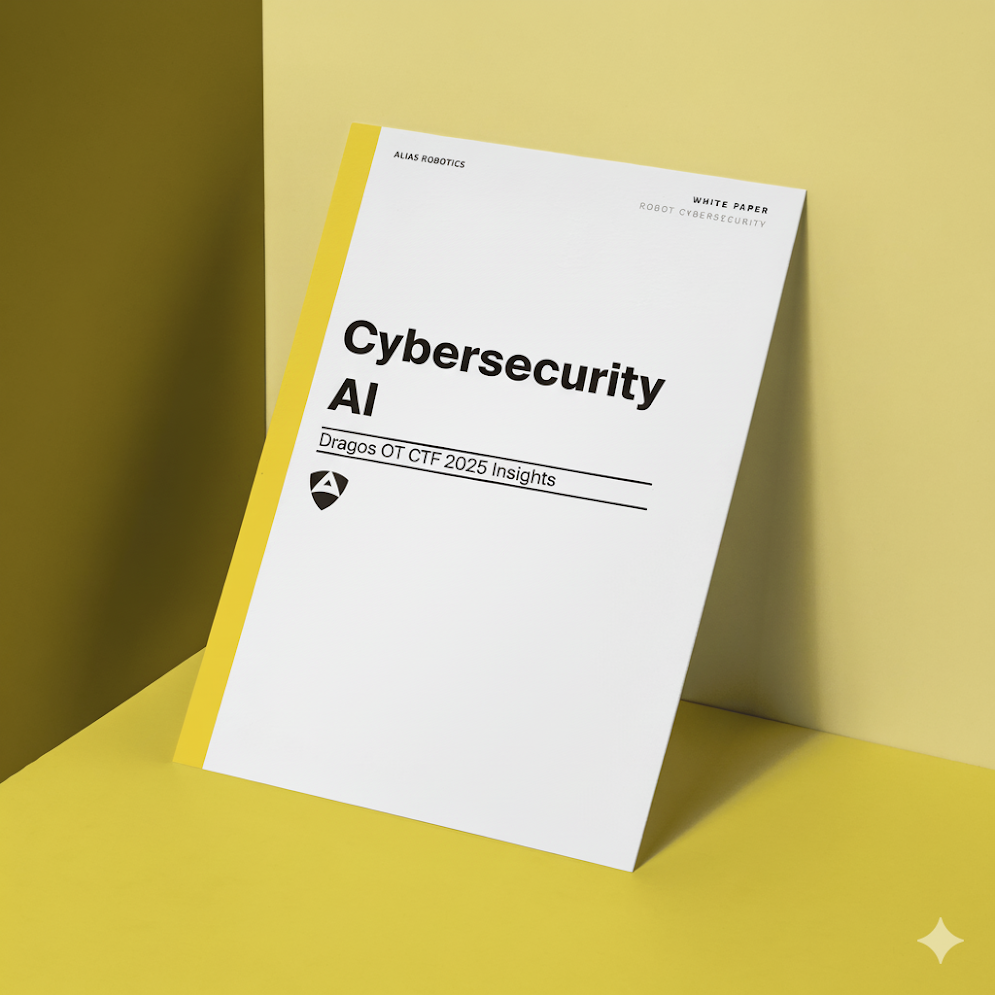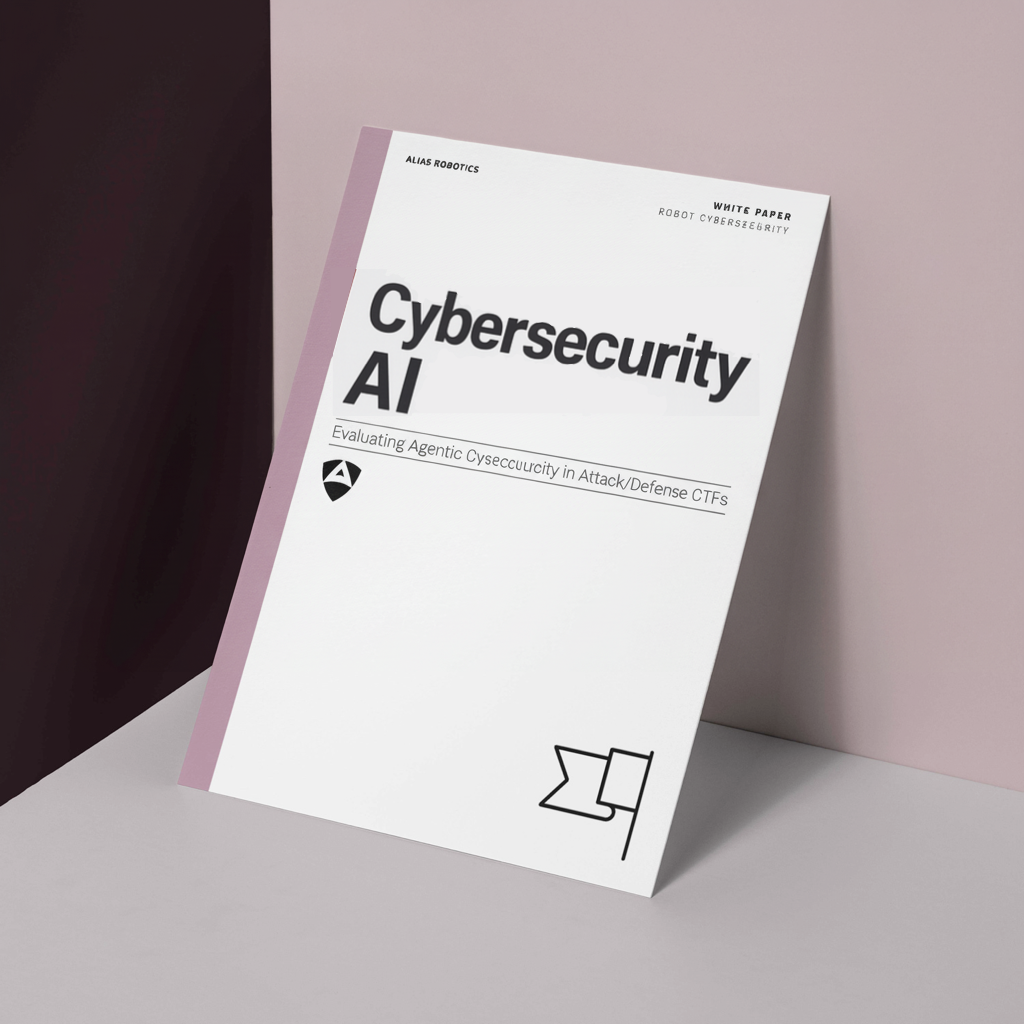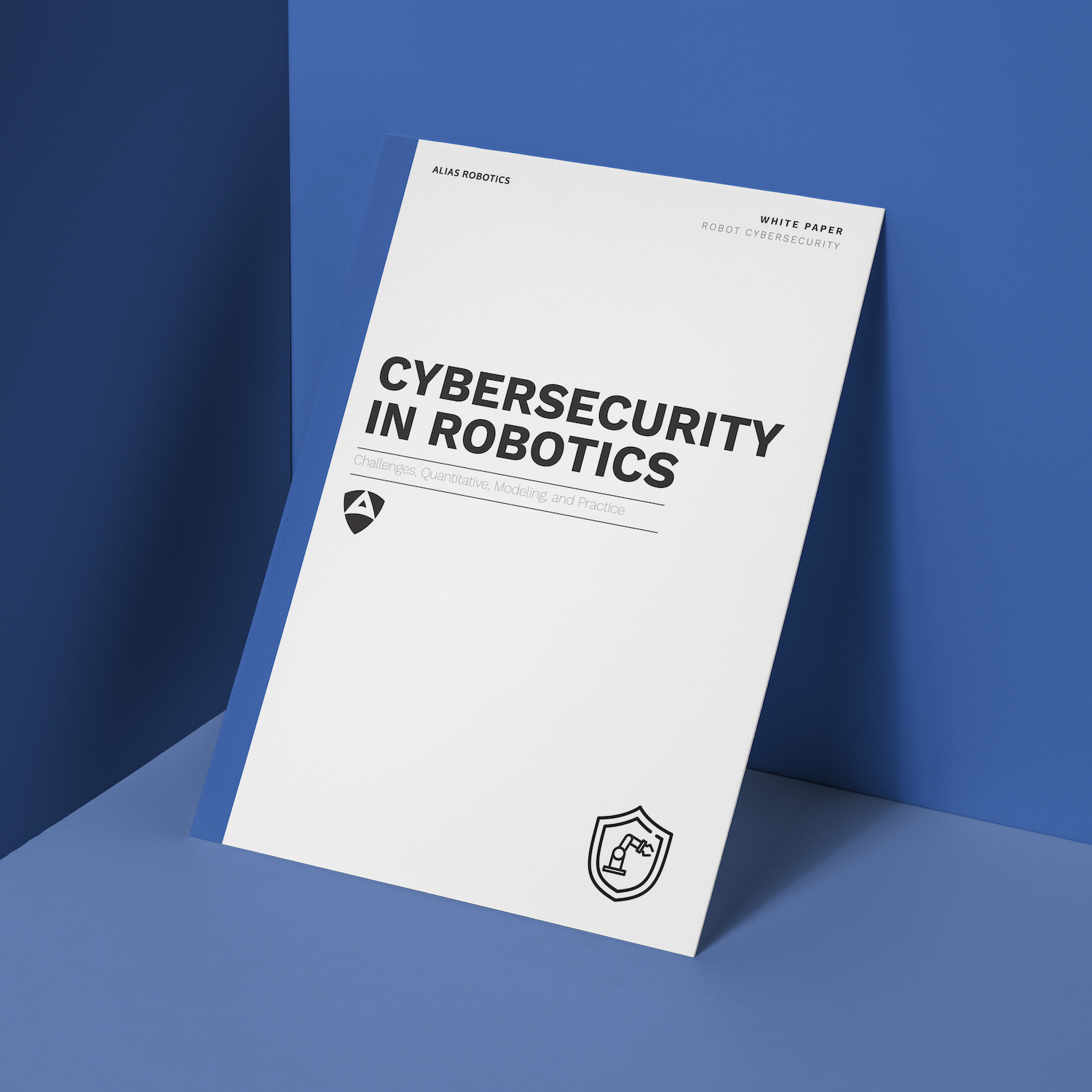



Cybersecurity is a two-way street where both vendors and researchers must act responsibly. At Alias, we're committed to improve the robotics industry response times to security bugs and in an attempt to spread the word and inspire others to follow a similar path, we disclose part of our research.

Are Capture-the-Flag competitions obsolete? In 2025, Cybersecurity AI (CAI) systematically conquered some of the world's most prestigious hacking competitions, achieving Rank #1 at multiple events and consistently outperforming thousands of human teams. Across five major circuits have become a solved game for well-engineered AI agents.

Practical insights learned from participating in the Dragos OT CTF 2025 using the Cybersecurity AI (CAI) framework, highlighting strengths and limitations of AI agents when operating in real OT challenge environments and detailing actionable lessons for defensive and offensive workflows.

Existing benchmarks assess isolated skills rather than integrated performance. To address this limitation, we present the Cybersecurity AI Benchmark (CAIBench), a modular meta-benchmark framework that allows evaluating LLM models and agents across offensive and defensive cybersecurity domains, taking a step towards meaningfully measuring their labor-relevance.

Empirical evaluation of AI systems in cybersecurity Attack/Defense CTFs reveals defensive agents achieve 54.3% patching success versus 28.3% offensive initial access, though operational constraints eliminate this advantage, providing first controlled evidence challenging AI attacker superiority claims.

In cooperation with other researchers, this book stipulates the inclusion of security in robotics from the earliest design phases onward. We advocate for quantitative methods of security management, cover vulnerability scoring systems and account for the highly distributed nature of robots.

We show how simple attacks are feasible in OT and how an industrial cybersecurity solution is not capable of capturing the complexity of modern robot interactions. We extend one of such solutions with a robot-specific Endpoint Protection Platform (EPP) and successfully protect the robot from attacks.
Alias Robotics is a research-driven company. We are committed to advancing the state of the art in robot cybersecurity and we are proud to be part of the research community.




.png)
.png)
Key research initiatives, workshops, and focused actions that advance the field of robot cybersecurity through collaborative research, practical demonstrations, and research workshops and collaborations.